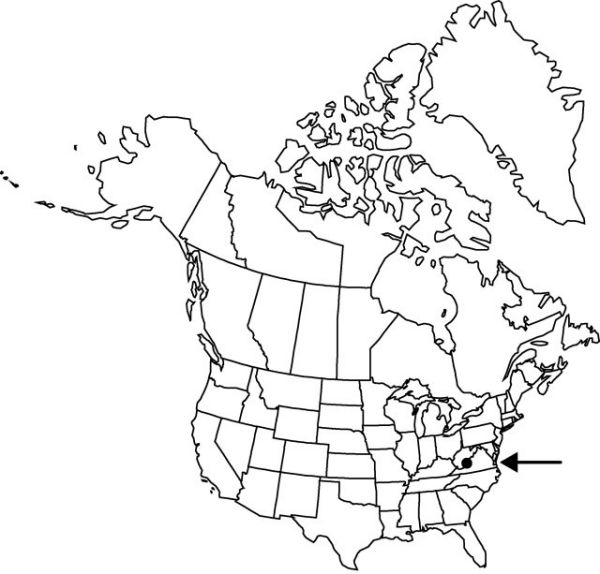Corallorhiza bentleyi
Novon 9: 511, fig. 1. 1999.
Stems reddish to yellowish, to 20 cm. Inflorescences: racemes lax. Flowers 2–20, cleistogamous, inconspicuous; sepals and petals reddish to yellow, 3-veined; dorsal sepal lanceolate, 5.9–6.1 × 2.1–2.5 mm; lateral sepals lanceolate, somewhat falcate, strongly boat-shaped, 5.5–6.1 × 2.1–2.5 mm; petals narrowly ovate, weakly boat-shaped, 5–5.8 × 2.2–3 mm, apex acute; lip unlobed, ovate, 4.9–5.7 mm, margins involute, thickened, prominent, apex acute; callus formed from 2 connate lamellae at base of lip, ± 1.2 as long as lip, 2.5–2.8 × 1.5–1.8 mm; column curved forward, 3–3.8 × 0.8–1 mm, with small depression adaxially at base; pedicellate ovary narrowly obovoid, 6–9 × 2.5–3 mm; mentum absent. Capsules obovoid-ellipsoid.
Phenology: Flowering mid–late July.
Habitat: Appalachian deciduous forest, often at edges of forest in somewhat disturbed sites
Elevation: 800 m
Discussion
Corallorhiza bentleyi appears to be most similar to the small Mexican variants of C. striata that have been called C. involuta Greenman but were most recently recognized as C. striata var. involuta (Greenman) Freudenstein (J. V. Freudenstein 1999).
